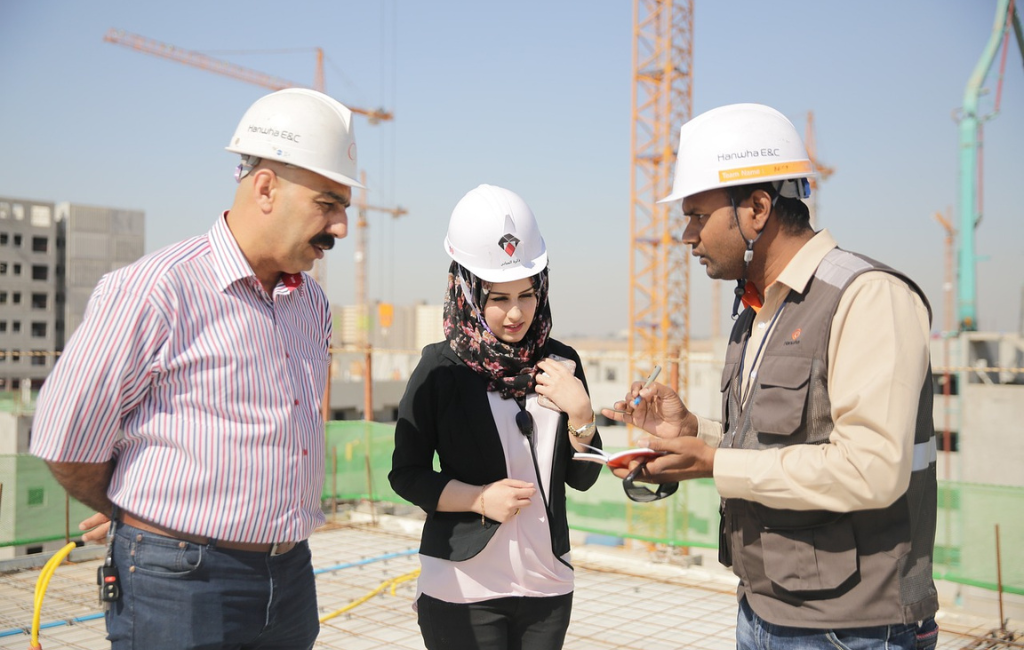Architect: Crafting Innovative Designs
Architecture stands as a testament to human creativity and ingenuity. It is a field that combines art, science, and technology to create spaces that are not only functional but also aesthetically pleasing. The role of an architect is to craft designs that meet the needs of society while pushing the boundaries of what is possible. This article explores the innovative approaches architects take to design, the challenges they face, and the impact of their work on the world.
The Role of an Architect
An architect is responsible for designing buildings and structures that are safe, functional, and visually appealing. They work closely with clients to understand their needs and translate them into a physical form. This involves a deep understanding of materials, construction techniques, and environmental considerations.
- Designing buildings and structures
- Collaborating with clients and stakeholders
- Ensuring compliance with building codes and regulations
- Incorporating sustainable practices
Innovative Design Approaches
Innovation in architecture is driven by the need to address contemporary challenges such as urbanization, climate change, and resource scarcity. Architects are constantly exploring new materials, technologies, and design philosophies to create structures that are both sustainable and forward-thinking.
Biophilic Design
Biophilic design is an approach that seeks to connect building occupants more closely to nature. This can be achieved through the use of natural materials, incorporation of plants, and maximizing natural light. Studies have shown that biophilic design can improve well-being and productivity.
Parametric Design
Parametric design involves using algorithms and computational techniques to create complex and adaptable structures. This approach allows architects to explore a wide range of design possibilities and optimize structures for performance and aesthetics.
Adaptive Reuse
Adaptive reuse involves repurposing existing buildings for new uses. This approach not only preserves historical structures but also reduces the environmental impact of new construction. Successful examples include the transformation of old factories into modern office spaces or residential units.
Case Studies of Innovative Architecture
Several projects around the world exemplify the innovative spirit of modern architecture. These case studies highlight how architects are pushing the boundaries of design to create iconic structures.
The Bosco Verticale, Milan
The Bosco Verticale, or Vertical Forest, in Milan is a pair of residential towers that incorporate over 900 trees and 5,000 shrubs. Designed by Stefano Boeri, this project aims to combat urban pollution and provide a green oasis in the heart of the city.
The Edge, Amsterdam
The Edge in Amsterdam is often referred to as the world’s most sustainable office building. Designed by PLP Architecture, it features energy-efficient systems, smart technology, and a design that maximizes natural light. The building has achieved a BREEAM score of 98.36%, the highest ever awarded.
The High Line, New York City
The High Line is an elevated linear park built on a historic freight rail line in New York City. Designed by James Corner Field Operations and Diller Scofidio + Renfro, it has transformed an abandoned structure into a vibrant public space that attracts millions of visitors each year.
Challenges in Architectural Design
Architects face numerous challenges in their quest to create innovative designs. These challenges require creative problem-solving and a willingness to experiment with new ideas.
- Balancing aesthetics with functionality
- Meeting budgetary constraints
- Addressing environmental concerns
- Navigating complex regulatory environments
The Impact of Architecture on Society
Architecture has a profound impact on society, shaping the way people live, work, and interact with their environment. Well-designed spaces can enhance quality of life, foster community, and promote sustainability.
Architects have the power to influence urban development and create spaces that reflect cultural values and aspirations. By embracing innovative design approaches, they can address pressing global challenges and contribute to a more sustainable future.
Conclusion
Architects play a pivotal role in shaping the built environment through innovative design. By exploring new materials, technologies, and philosophies, they create structures that are not only functional but also inspiring. The challenges they face are significant, but the impact of their work on society is profound. As the world continues to evolve, architects will remain at the forefront of crafting designs that meet the needs of the present while anticipating the demands of the future.
